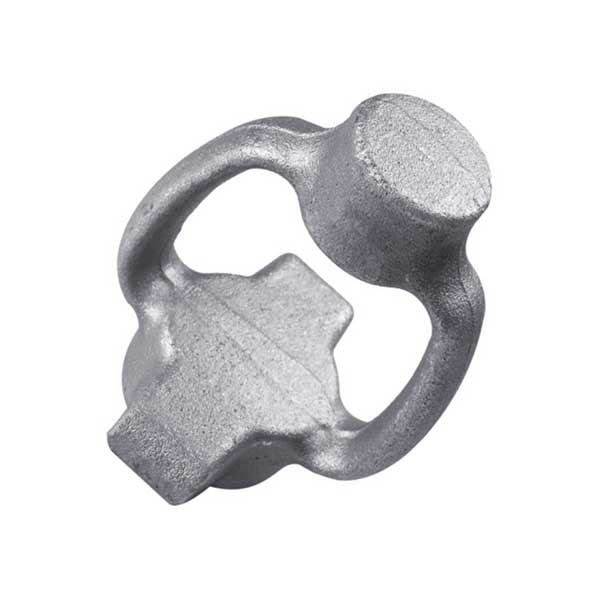WHAT IS THE DIFFERENCE BETWEEN FORGING AND CASTING?
To put it simply, forging is to smash metal into the shape you want, and casting is to melt the metal and then re-solidify it into the shape you want. Forging is to mechanically shape metal into the shape you want. (There are two methods, cold and hot.) Casting is to melt the metal and pour it into a prepared sand mold or mold. After cooling, it solidifies into the shape you want. .
Forging is a processing method that uses a forging machine to apply pressure to a metal blank to plastically deform it to obtain a forging with certain mechanical properties, certain shape and size, and is one of the two major components of forging (forging and stamping). Through forging, defects such as as-cast looseness produced by the metal during the smelting process can be eliminated, and the microstructure can be optimized. At the same time, due to the preservation of the complete metal streamline, the mechanical properties of forgings are generally better than those of castings of the same material. For important parts with high load and severe working conditions in related machinery, forgings are mostly used in addition to rolling plates, profiles or welded parts with simple shapes.
A processing method of using a forging machine to apply pressure to a metal blank to plastically deform it to obtain a forging with certain mechanical properties, certain shape and size. One of the two major components of forging. Through forging, the as-cast looseness and welding holes of the metal can be eliminated, and the mechanical properties of forgings are generally better than those of castings of the same material. For important parts in machinery with high load and severe working conditions, forgings are mostly used in addition to rolling plates, profiles or welded parts with simple shapes.
FORGING CAN BE DIVIDED INTO
①OPEN FORGING (FREE FORGING)
Using impact force or pressure to deform the metal between the upper and lower abutting irons (anvil blocks) to obtain the required forgings, there are mainly two types of manual forging and mechanical forging.
②CLOSED MODE FORGING
The metal blank is compressed and deformed in a forging die cavity with a certain shape to obtain a forging, which can be divided into die forging, cold heading, rotary forging, extrusion, etc. According to the deformation temperature, forging can be divided into hot forging (processing temperature is higher than the recrystallization temperature of the billet metal), warm forging (lower than the recrystallization temperature) and cold forging (normal temperature). Forging materials are mainly carbon steel and alloy steel of various compositions, followed by aluminum, magnesium, titanium, copper, etc. and their alloys. The original state of the material is bar, ingot, metal powder and liquid metal. The ratio of the cross-sectional area of the metal before deformation to the die cross-sectional area after deformation is called the forging ratio. Correct selection of forging ratio has a lot to do with improving product quality and reducing costs.
THE DIFFERENCE BETWEEN CASTING AND FORGING

1. THE PRODUCTION PROCESS IS DIFFERENT
Casting is a forming. After the metal is melted into liquid, it is cast into a casting cavity suitable for the shape of the part, and after it is cooled, solidified and cleaned, the processing method of the part or blank is obtained. The foundry major focuses on the metal smelting process and the control of the process during the casting process.
Forging is slow forming. The method of applying pressure, extrusion, hammering and other methods to the metal blank with a forging machine makes the metal material in the plastic state a processing method of a workpiece with a certain shape and size. Forging is plastic forming in the solid state, which can be divided into hot working and cold working, such as extrusion, drawing, pier thickening, punching, etc.
…
Details can be accessed by clicking here:https://www.gold-emperor.com/the-difference-between-forging-and-casting/


